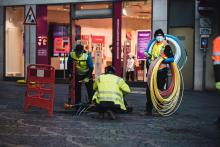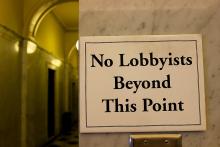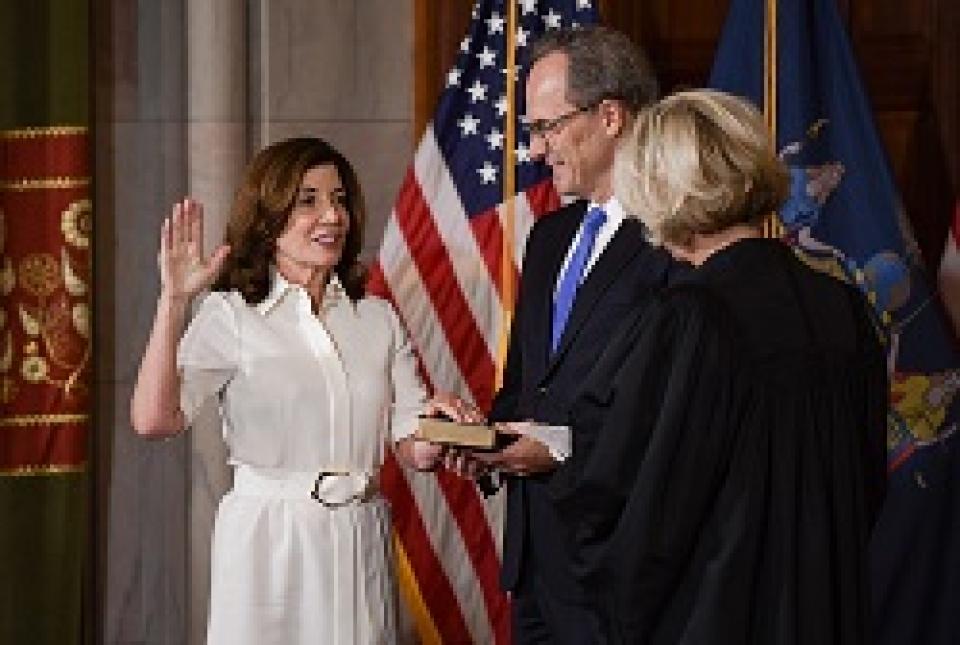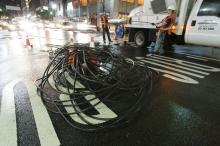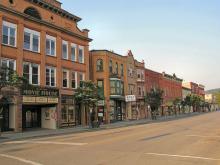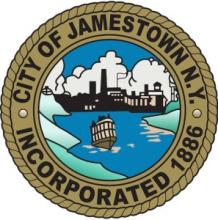New York’s First Bite of the Municipal Broadband Apple
Breaking new ground in New York, state leaders are launching the first municipal fiber-to-the-home (FTTH) projects in the Empire State with funds from its new ConnectALL Initiative.
Four small rural communities in four different counties will be the beneficiaries of New York’s initial foray into municipal broadband, targeting “areas where existing state-owned fiber can create a fiber bridge between large data centers (first mile) and individual homes (last mile), primarily in rural areas that are not serviced by private broadband providers.”
At the end of May, Gov. Kathy Hochul’s office announced the $10 million grant award, which will fund fiber deployments to the Village of Sherburne in Chenango County, the Town of Nichols in Tioga County, the Town of Diana in Lewis County, and the Town of Pitcairn in St. Lawrence County.
A ‘Banner Day’ for Municipal Broadband
A collaborative project that includes the Empire State Development office, the Development Authority of the North Country (DANC) and the Southern Tier Network, the initial deployment will be managed by the New York Power Authority (NYPA) and begin in Sherburne.
In Sherburne (est. pop. 1,300), NYPA will be joining forces with the village’s municipal utility, Sherburne Electric, a NYPA municipal electricity customer, to extend NYPA’s existing middle mile fiber network and bring last-mile FTTH connectivity to the village’s 1,800 homes and businesses. The work is expected to be completed by the end of the year with residential and business service to be offered by yet-to-be-named private Internet Service Providers (ISPs).
When the grant was announced, Sherburne Mayor William Acee lauded the effort as “a banner day for Sherburne Electric customers.”




